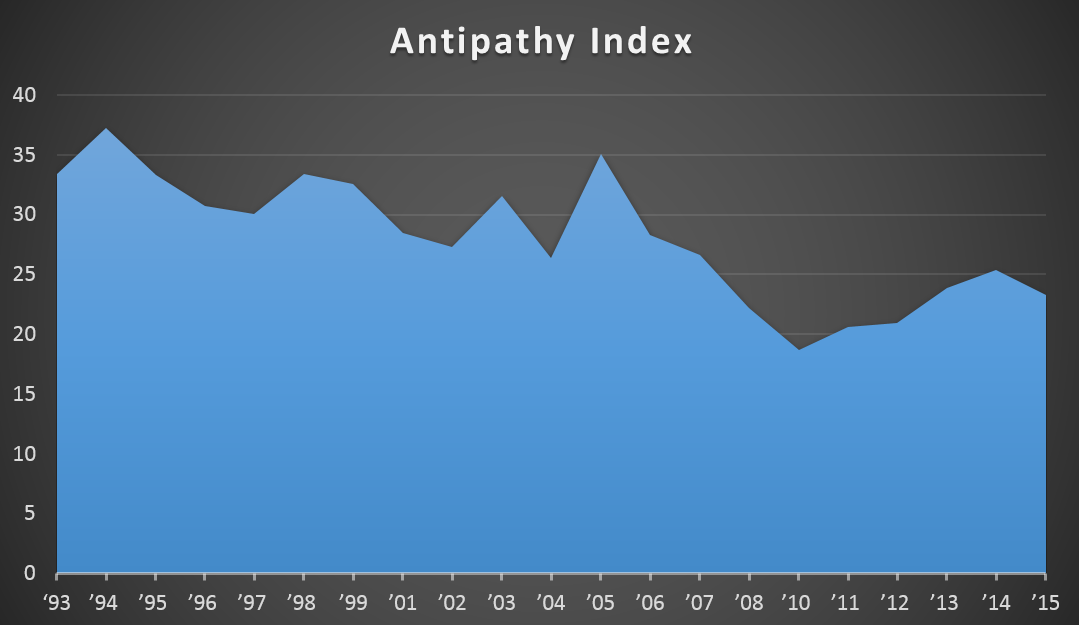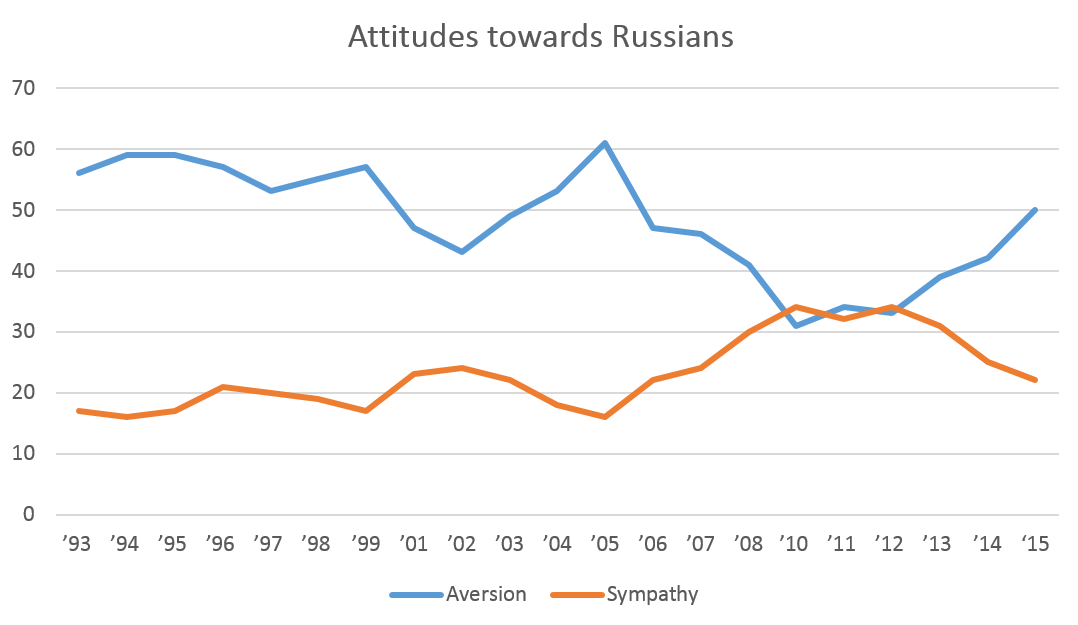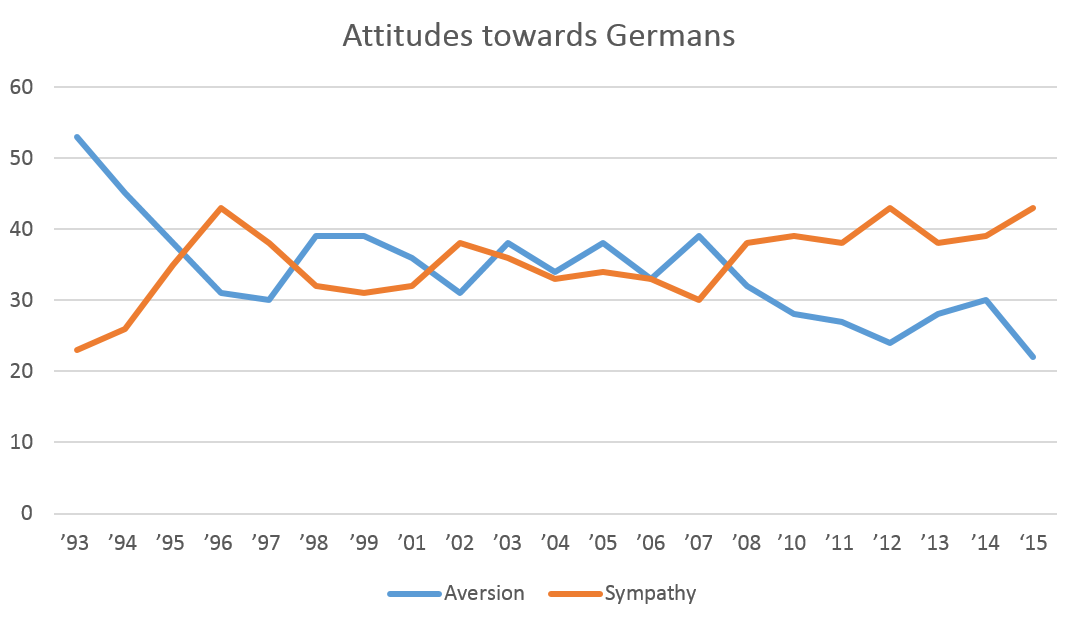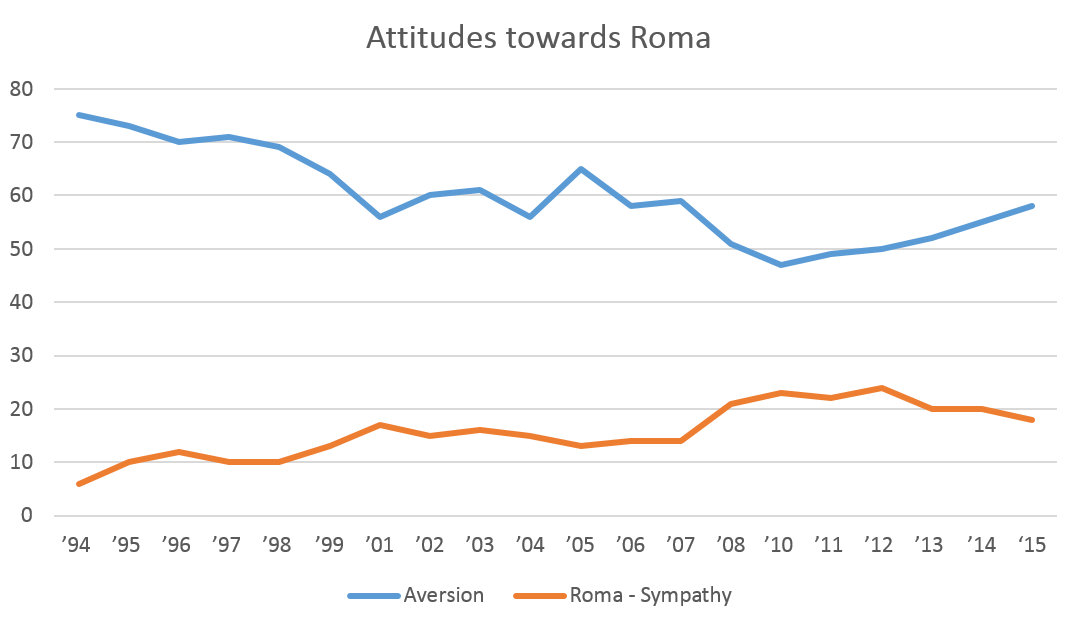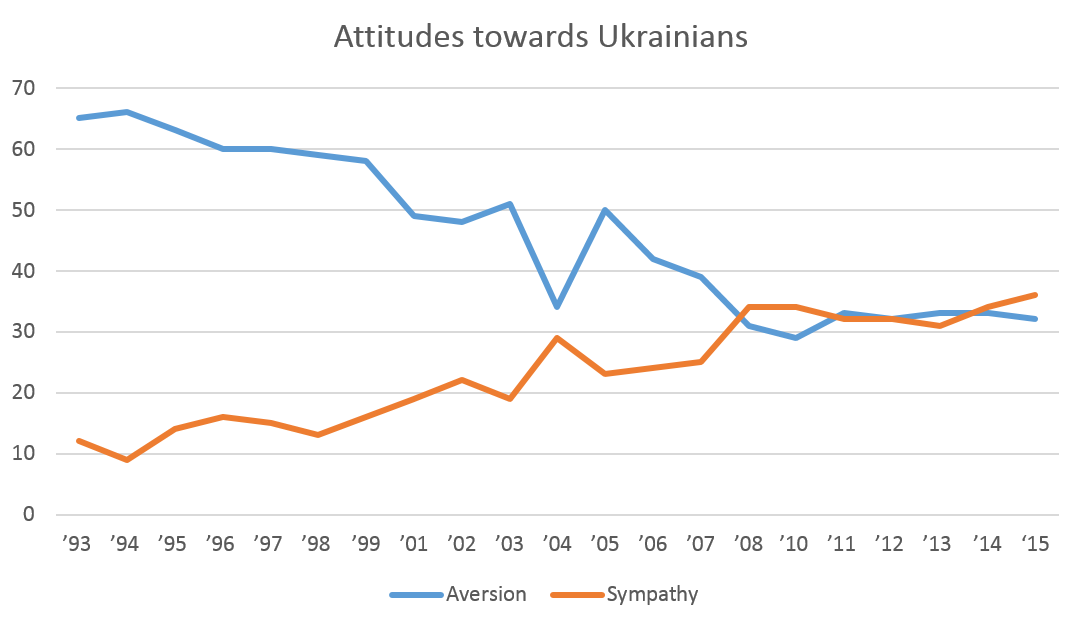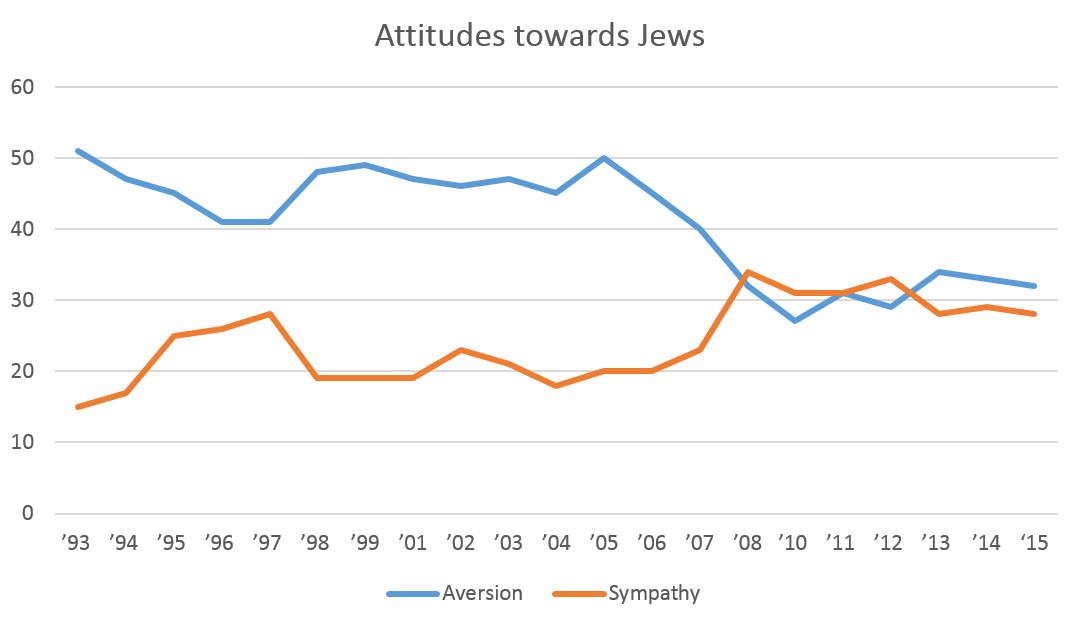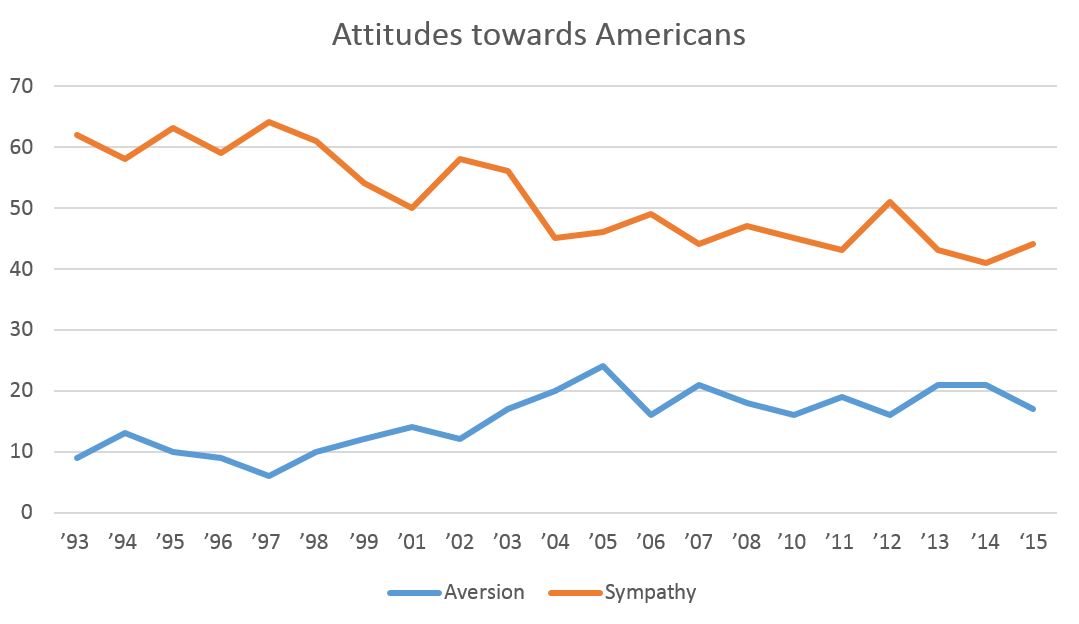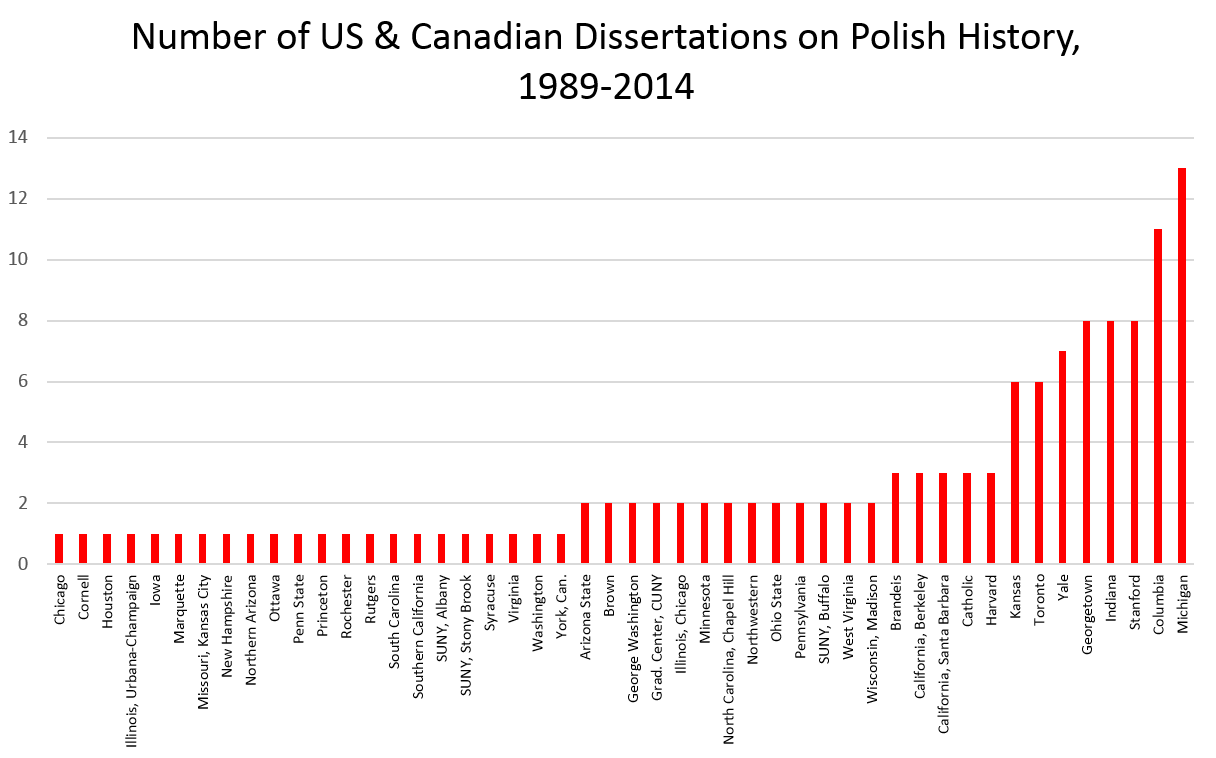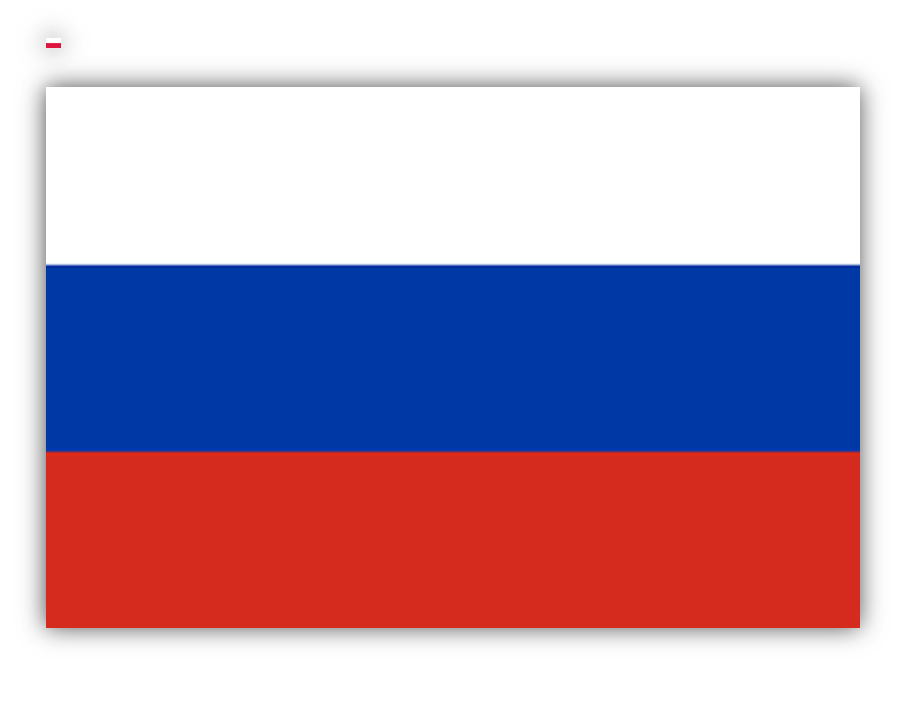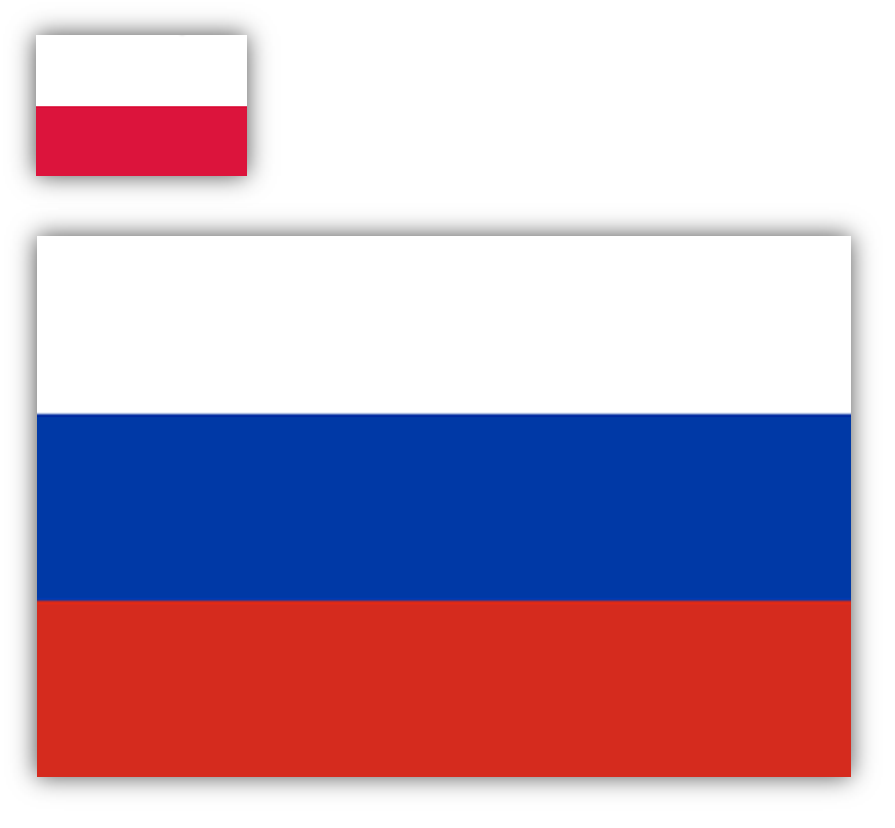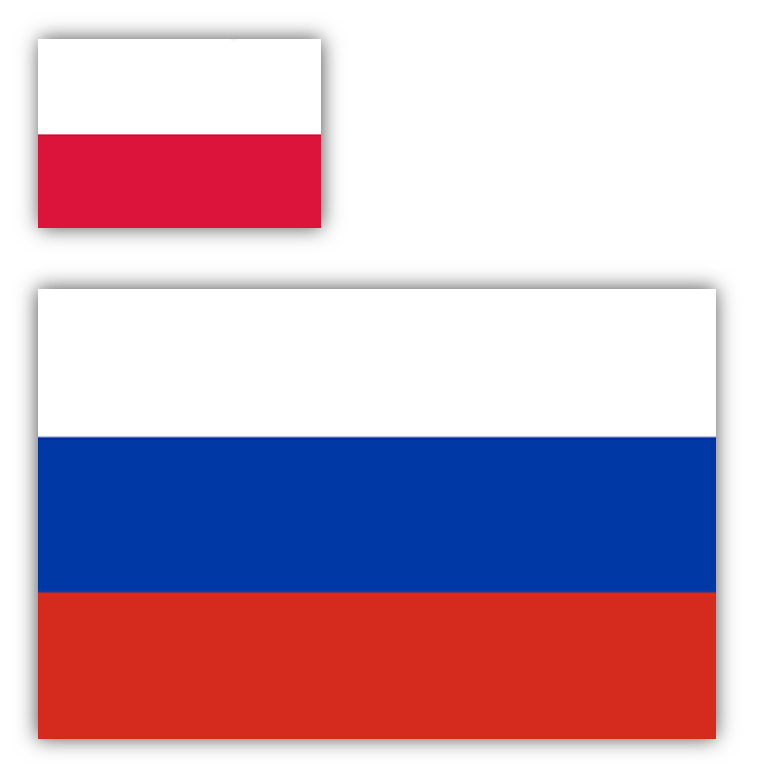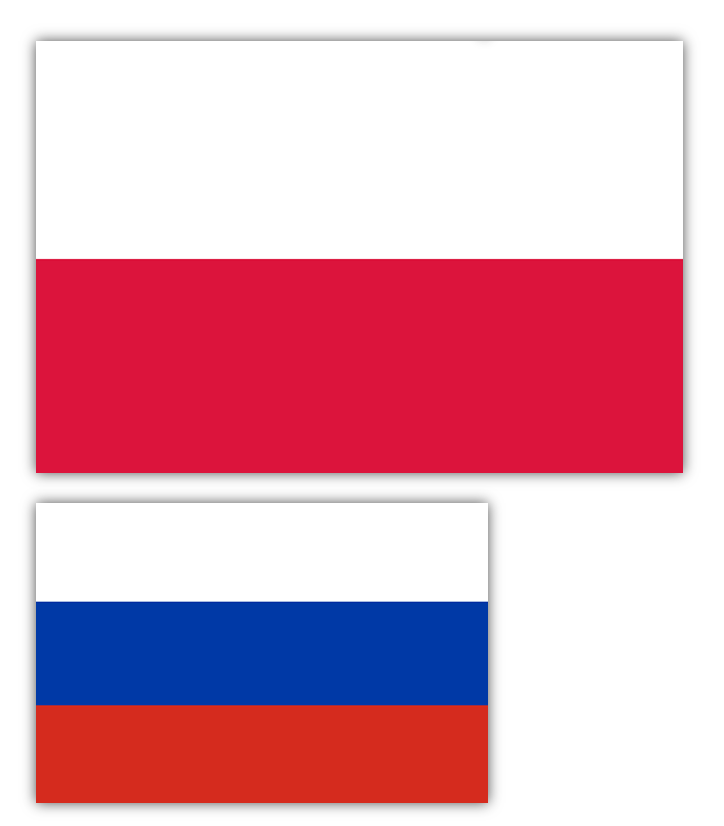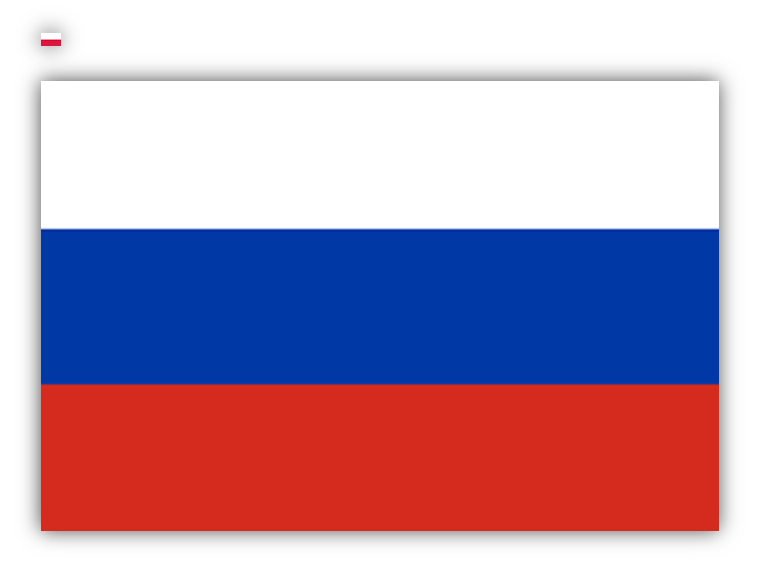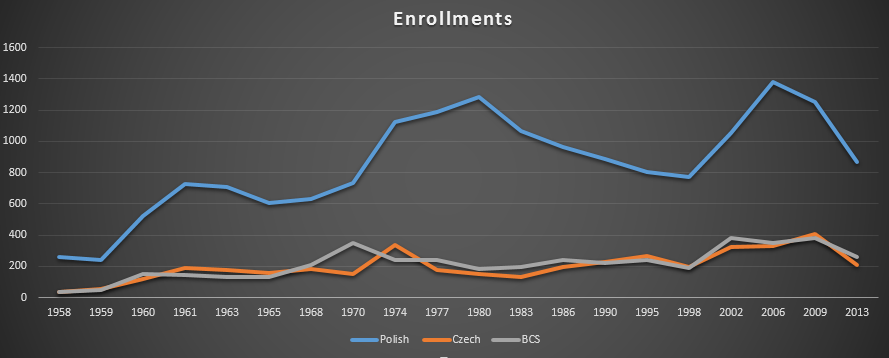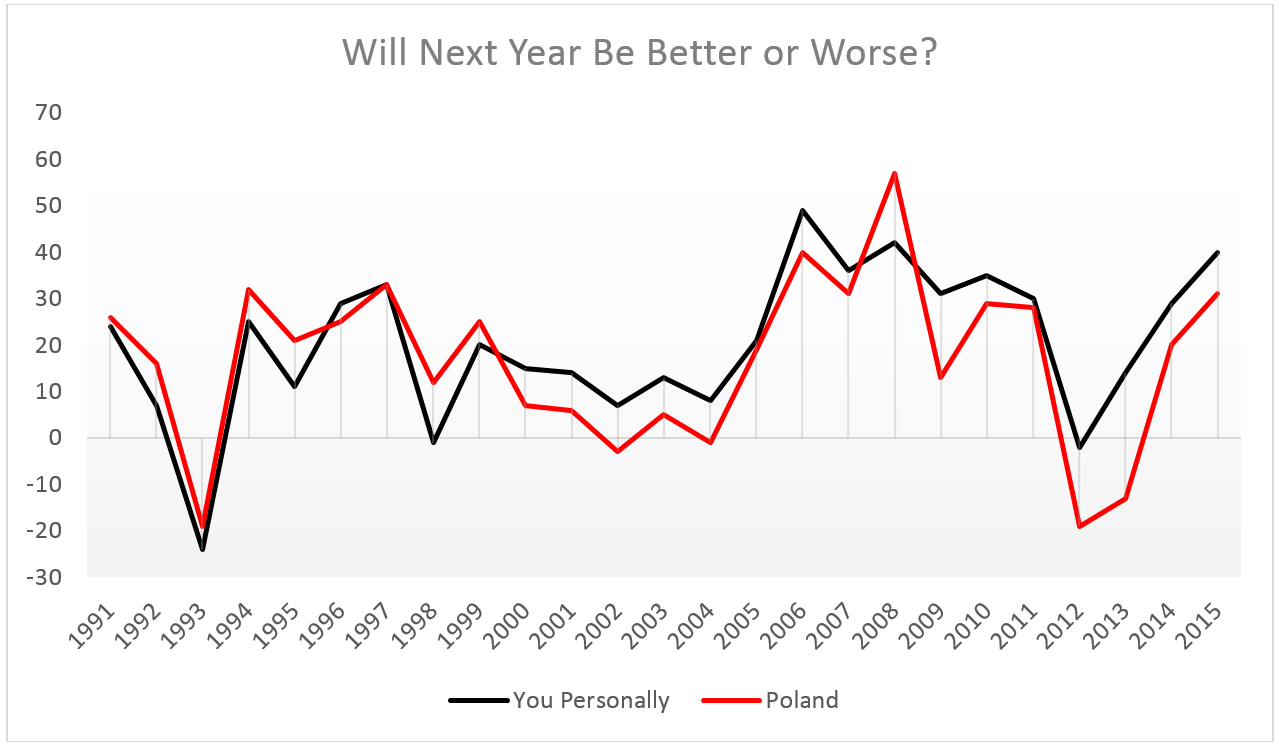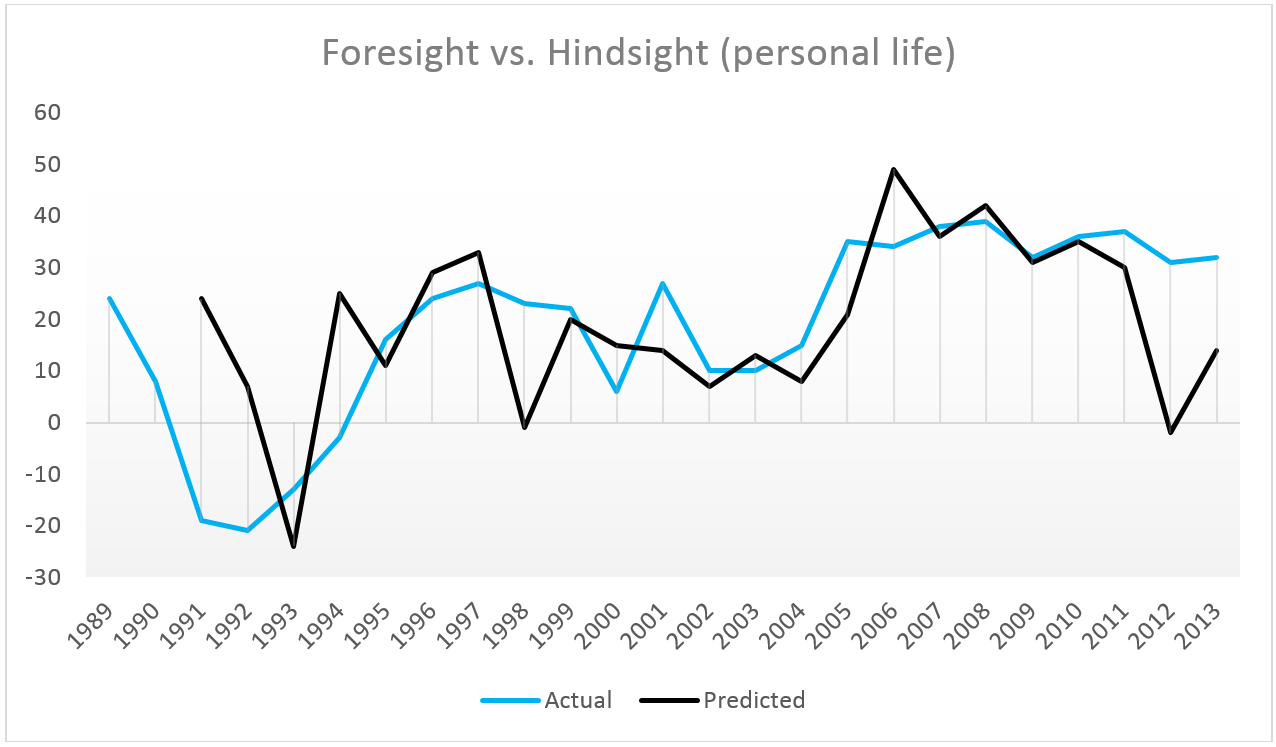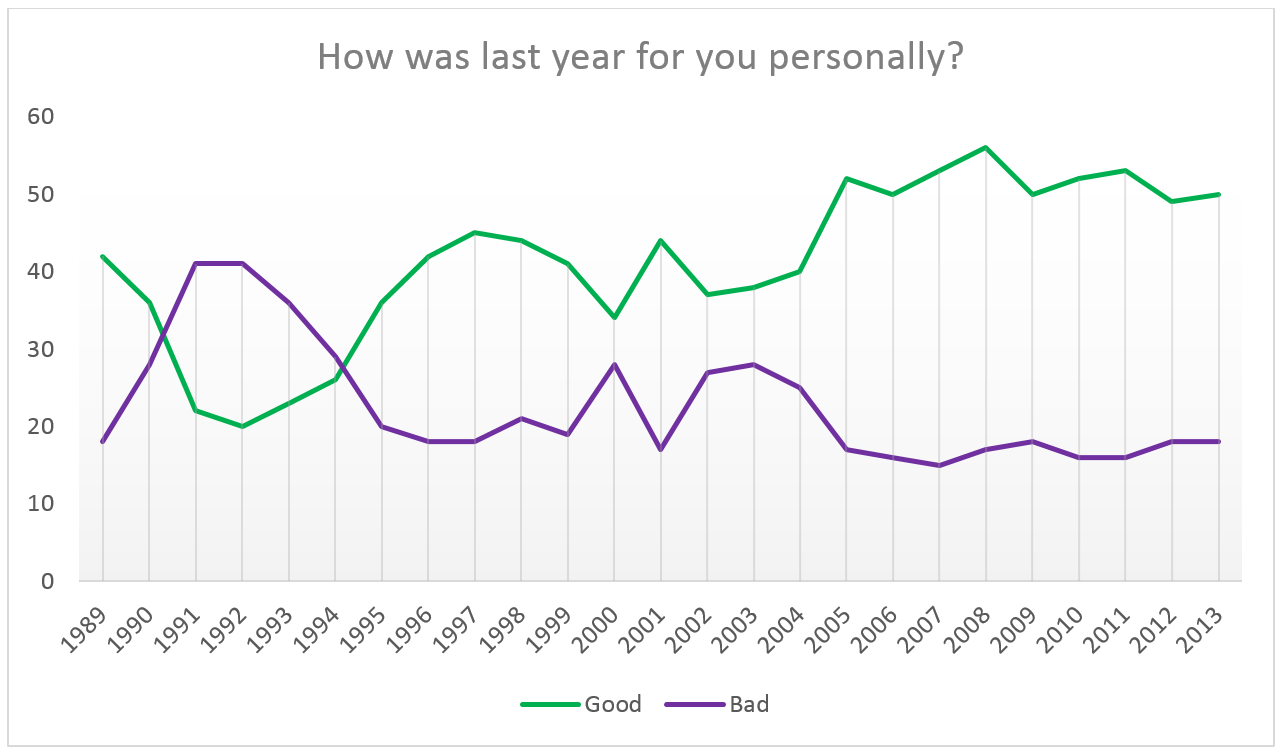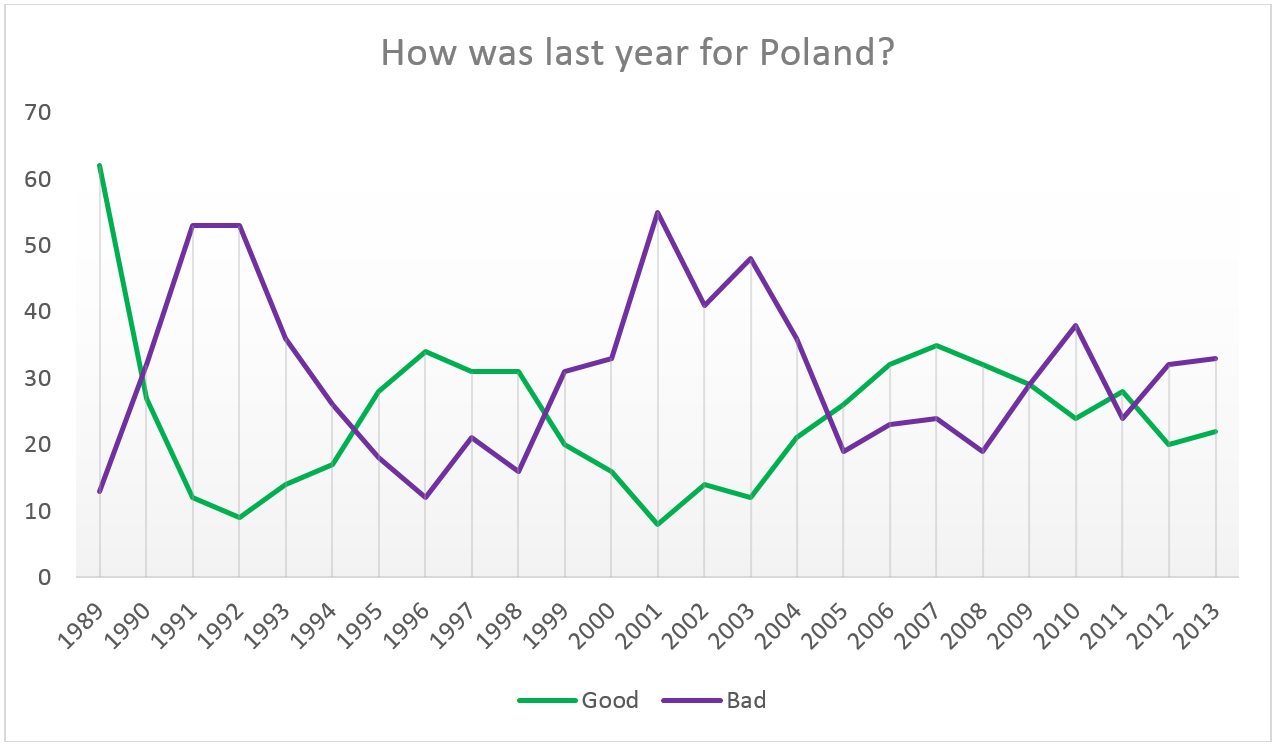The Limits of Independence
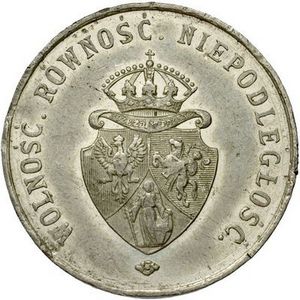
I’d like to describe this as a buried news story, but that would imply that it even reached the news. The European Central Bank (ECB) issued a statement last Tuesday “urging” the Polish government to further revise the law regulating the relationship between the Polish National Bank (Narodowy Bank Polski, NBP) and the Polish government. The issue here is the “independence” that each national bank in the EU is supposed to enjoy: the ECB statute prohibits member institutions from “seeking or taking instructions” from any national government. Polish law, meanwhile, states that the national bank must forward its draft policy assumptions to the government.
I fear that I may have lost most of you with that less-than-exciting lead paragraph. But don’t go yet!
The 7-page statement from the ECB is a highly technical document, and most of it deals with various administrative and procedural inconsistencies between the ECB statute and a proposed reform of the laws regulating the NBP. It makes for great bedside reading, assuming that your goal is to doze off as quickly as possible.
But this sort of stuff deserves more attention. It has become commonplace to observe that the most fundamental challenge facing Europe today is the “democracy gap,” the sense that the decisions that really matter have been taken entire out of the political process and that unaccountable bureaucrats have an outsized influence. This is grist for the populist mill, and it’s way too easy to twist this complaint in a direction that feeds the paranoid nationalist groups that now exist in every EU country. Yet there really is a problem here, and it is captured in this idea that central bank “independence” is a sacred principle.
I know the arguments: if central bankers made their decisions—particularly those regarding the money supply and interest rates—according to the whims of public opinion, it would encourage reckless policies that would result in inflation. Poles in particular can remember the hyperinflation of the late 20th century, and no one wants to return to those days. Safeguards need to be in place to reduce the likelihood of such events, but by using the word “independence” we make it seem like a moral principle or a political ideal. Who can be against independence—particularly in Poland?
What if we used the word “accountability” instead? Because that’s what we are really talking about here. By fetishizing “independence” the EU has reached the position it is in today, where a network of central bankers and other financial experts continue to impose a doctrine of fiscal austerity on a continent that is struggling to ward off deflation, not inflation, even as public support for these policies falls to the vanishing point. Even many professional economists (well, at least Paul Krugman, but he’s important enough to be called “many”) are baffled and frustrated by the obstinacy with which Europe has been driving itself off a cliff these past few years.
Economists routinely try to wall themselves off from politics, as if their discipline should be the firmly in the realm of “rationality,” isolated from the vagaries of emotions, interests, and desires that are channeled through political life. Modern economic thought relies heavily on the notion of a rational actor, and since such beings don’t exist in the real world, the next best thing is to cordon economic decision-making into a realm where “irrationality” is forbidden. We then don’t have to worry, for example, about the “irrationality” of those who get upset when millions of young people are doomed to long-term unemployment, or the “irrationality” of those who argue that deflation or poverty might sometimes be a greater danger than inflation or budget deficits. Economists don’t need to concern themselves with the ignorant whining of those of us who can’t grasp their subtle mathematical gymnastics.
The fact that Poland has not adopted the Euro has permitted a little bit more leeway in fiscal policymaking—not much, but at least enough to allow the country to avoid the austerity trap that has ensnared the rest of the continent. I’m not suggesting that the continued existence of the złoty is the only (or even necessarily the primary) reason for Poland’s expanding economy, but it is undeniably one of the factors. Even if I’m wrong about that, my general point stands: although it is necessary to build some walls between short-term political demands and long-term economic policymaking, it is deeply misguided to suggest that these barriers must be defended absolutely, as a matter of principle.
There may well be factors I haven’t considered regarding this specific issue, but it seems to me entirely reasonable to inform the government about the forecasts and assumptions being used by central bankers in their rate-setting deliberations. Either way, this is an example of how Europeans have allowed the parallel rhetorical pairings of economics/politics and rationality/irrationality to set the foundation for absolutist claims about the inviolable status of central bank decision-making. Have we not yet learned where this sort of thinking can lead us?
